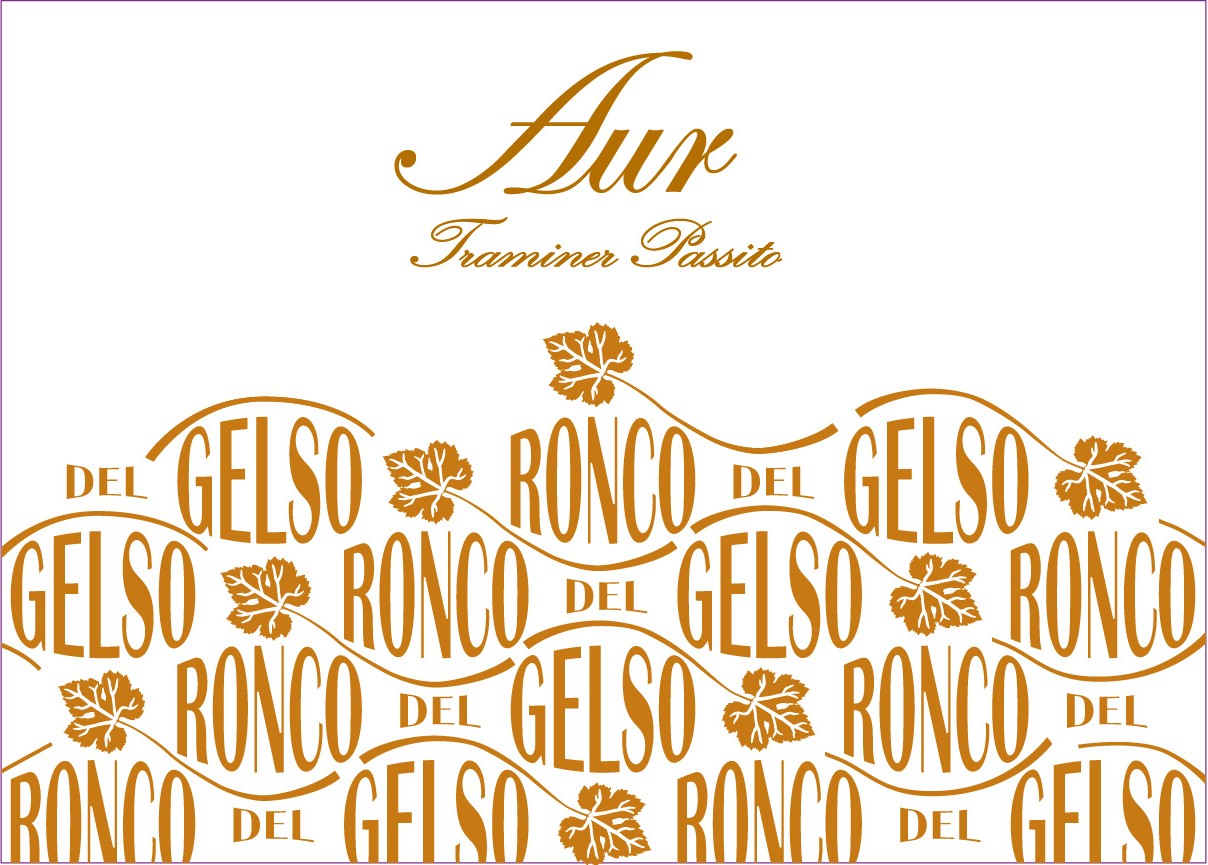
Enquiry

How is a wine born?
On an estate like mine it is certainly not the product of market research, but more likely the fruit of an intuition or belief, either mine or that of another member of the family.
To be honest, I must admit that I didn’t ever think that I would make a dessert wine, but that is what’s happening.
This is the story of Aur: a few years ago a plot of land adjoining our estate came up for sale.
It was a tempting opportunity, so I took out a mortgage and bought it.
So far so good, but I still had to tackle the main problem, namely that the 18,000-square-metre plot was planted to Traminer, and if there’s one wine that I don’t like it’s precisely dry Traminer.
The conflict between its sweet, aromatic nose and dry, salty palate is the exact opposite of the character that I try to give my wines.
At the time I tasted a great many Traminers from all over the world, but none of them served to change my mind.
Only those with a sweet aftertaste convinced me, and the dried-grape wines most of all.
My tastings resulted in a project for a dessert wine that I called AUR, which means “gold” in Friulian.
I built a drying room and tried to understand how to make a high-quality sweet wine using first-rate grapes.
The result is contained in 375 ml bottles, which I hope the consumer will enjoy.
TECHNICAL SPECIFICATIONS
IN THE VINEYARD:
Vine density: 4,000 vines per hectare
Training system: Guyot
Clones featured: unknown
Yield per vine: approx. 1,5–2,0 kg
IN THE WINERY:
Wine processing: white of dried grapes
Maceration: no
Fermentation: with cultured yeasts
Ageing and storage: in small oak casks for a year
Malolactic fermentation does not take place
PAIRINGS
It is a dessert wine or one for drinking at the end of a meal. It is an excellent accompaniment to soft cheeses and goat’s cheese and is also very good with foie gras.

